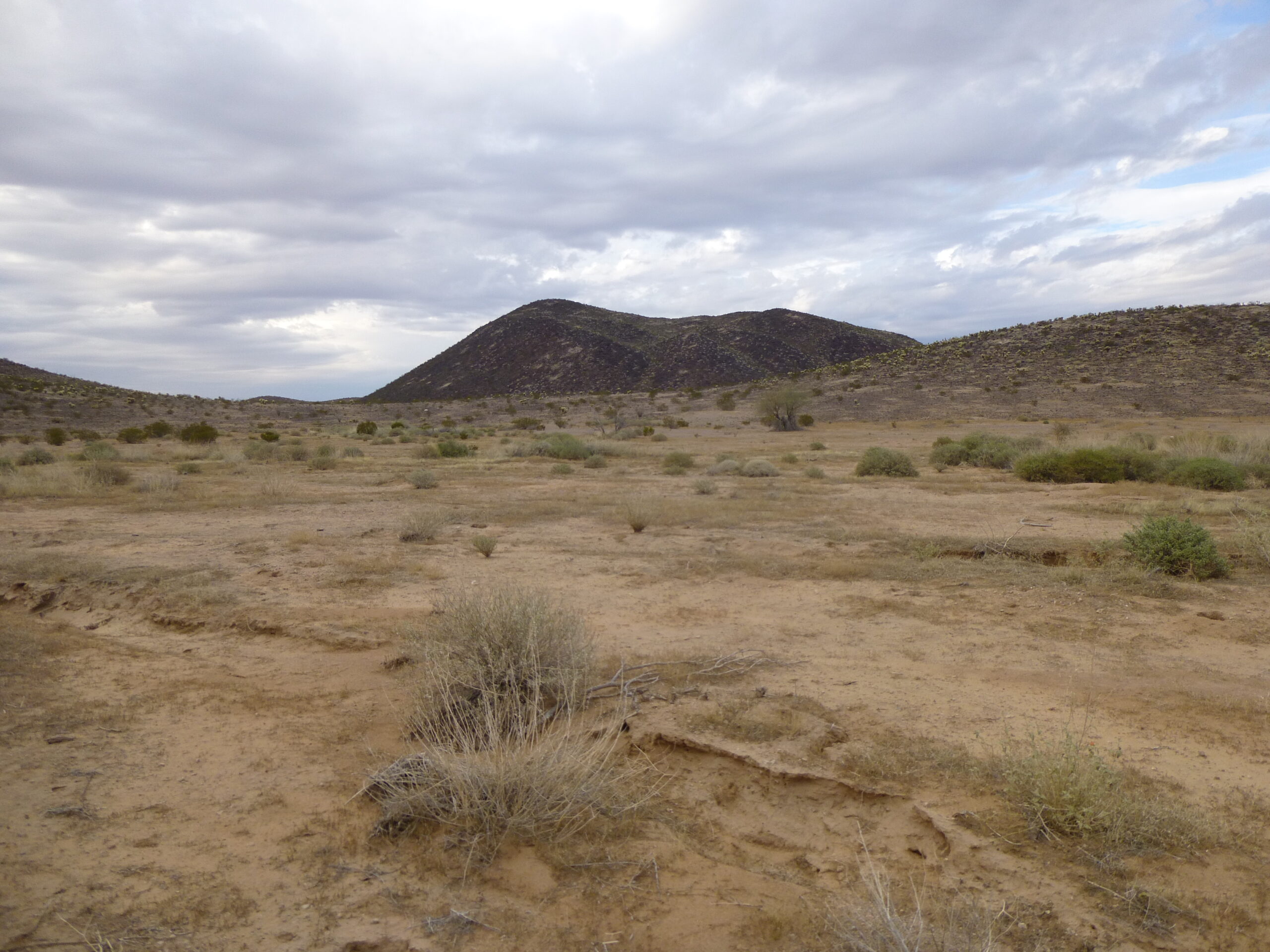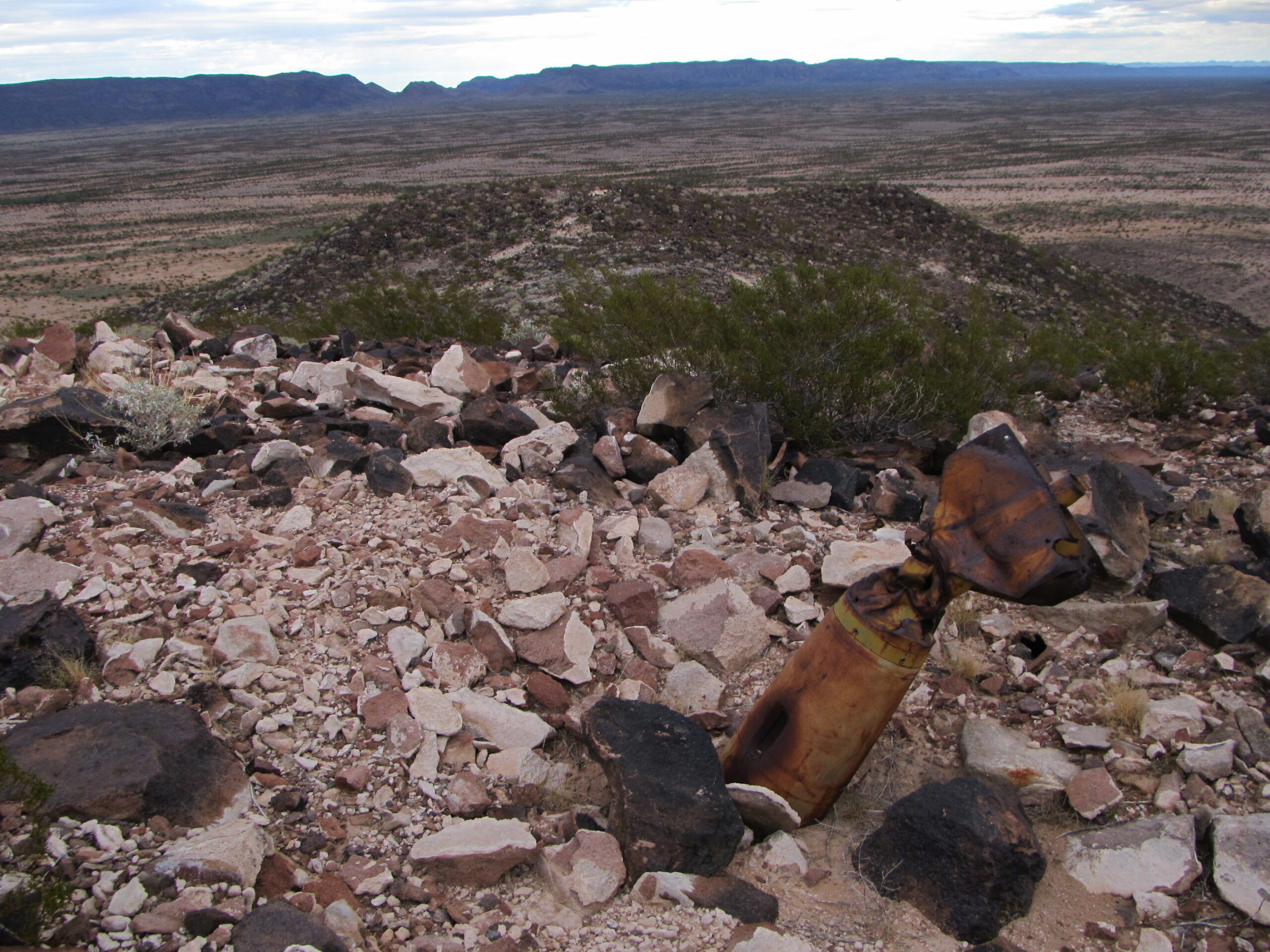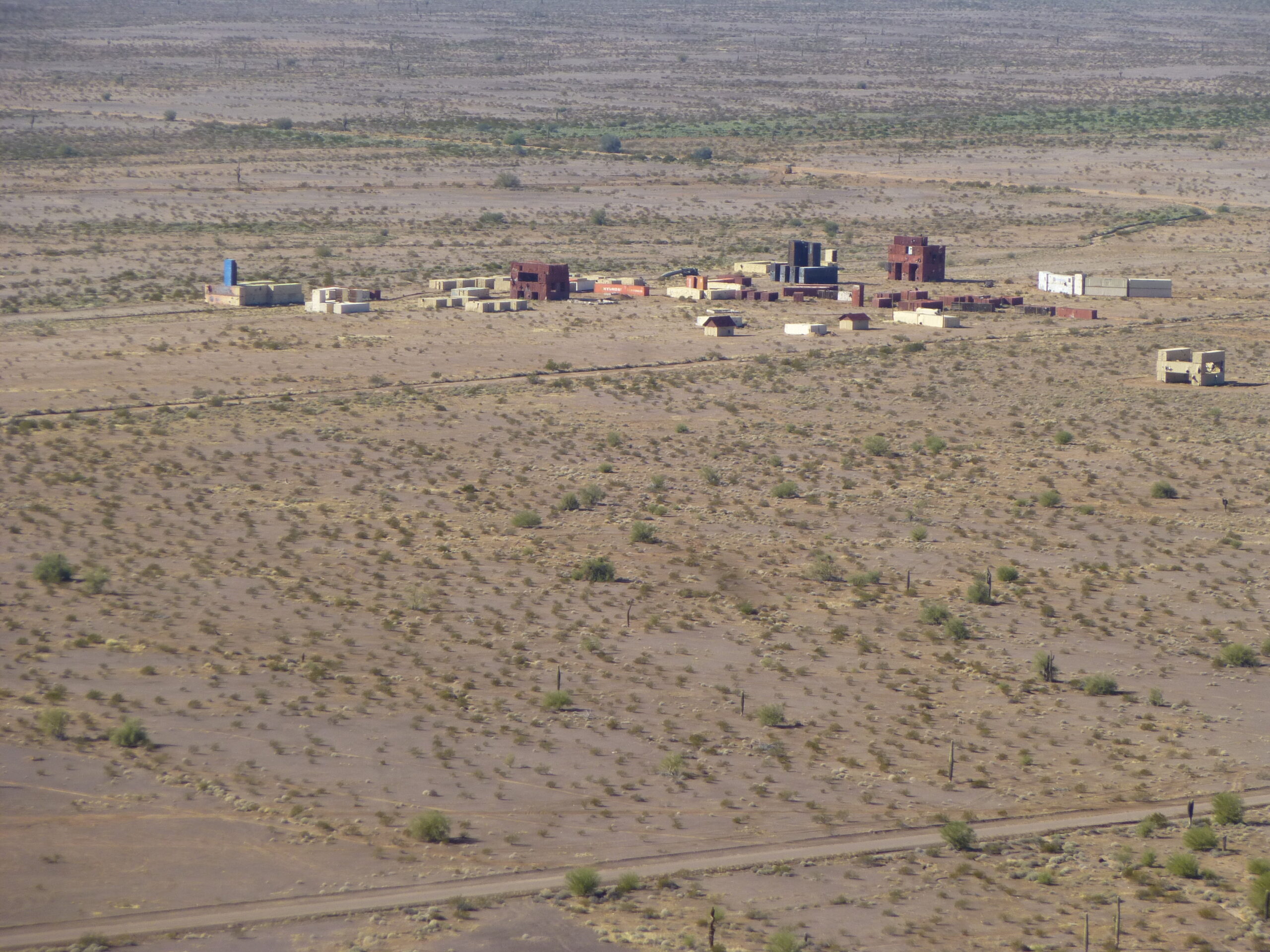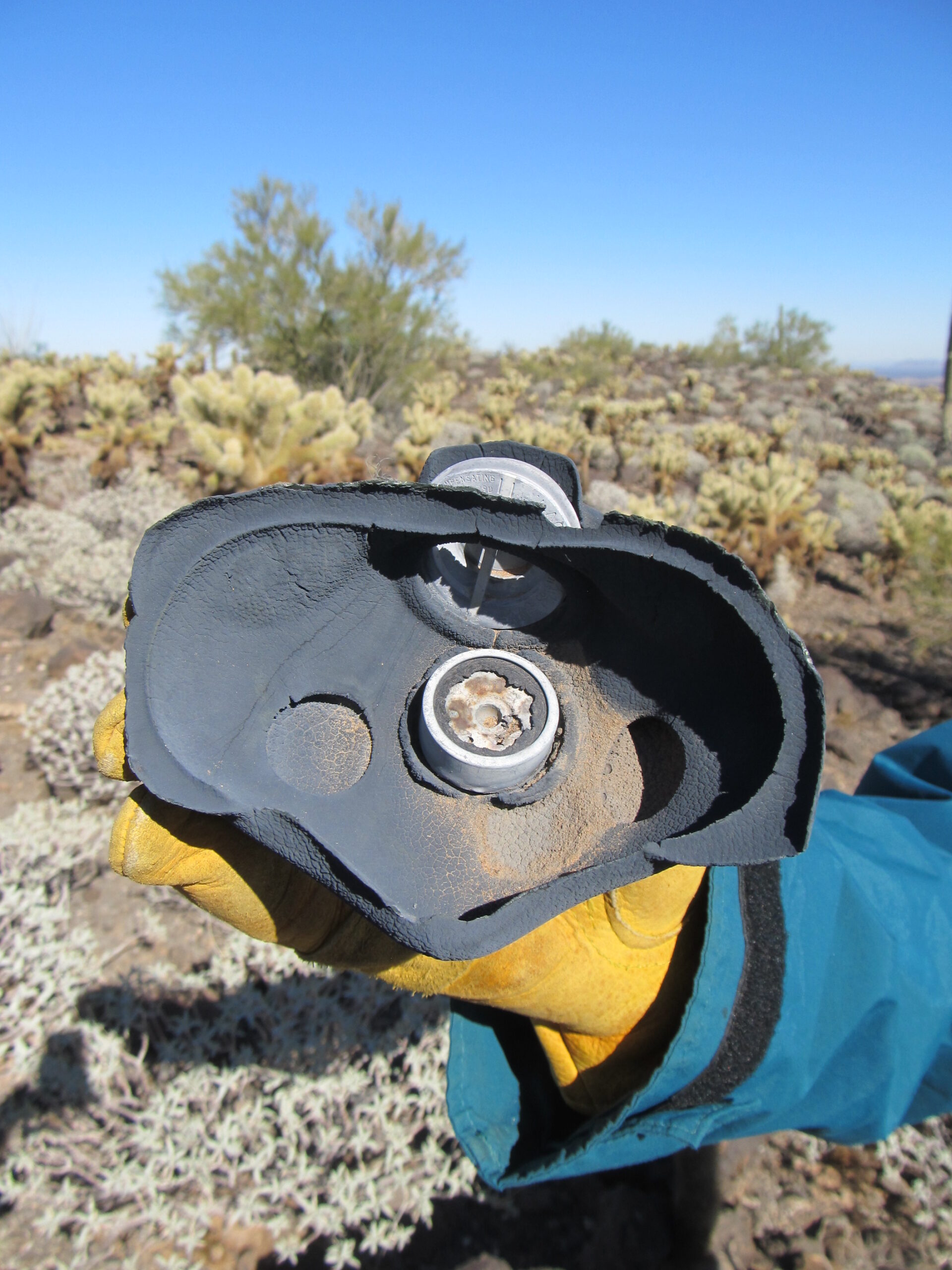Lucky?
A friend of mine tells of how he grew up in a rough neighborhood in a rough town. It was so tough a place to grow up that anything could happen at any time. There was a lot of crime, plenty of gang activity, just a lot of challenges to surviving from one day to the next. Life was lived on the ragged edge every day. You had to really be careful what you said or did. He went on to say that one day, after his father came home from work, the family was seated at the dining table for dinner. The mother announced that Mister Smith from down the street had died that day. The father immediately remarked in a loud voice, “The lucky bastard!!” That about summed up their lives, right?
Mosquitos
For many years, I never used a tent when I went on solo climbs. Instead, I used what we call a bivi bag (short for bivouac). It was an outer bag made of Goretex, a special material that kept out the rain but at the same time allowed moisture from your body to escape. One of these weighed a lot less than a tent, and I went through a few of them in my time. The best one was called a Cyclops and it worked quite well.
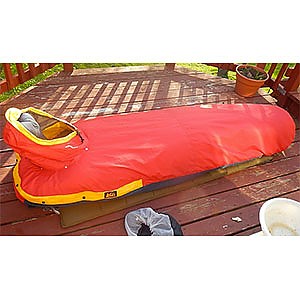
In the picture, at the left end was an opening where you could attach a see-through mosquito netting. I remember a few times where I was spending the night in one of these and the mosquitos were so numerous that they set up a constant whine at the netting, only an inch or two from your face. I’m sure they could sense the warm-blooded target so close at hand. You didn’t dare go out of the bag as you would be immediately attacked by hordes of the voracious blood-suckers. Particularly memorable were nights spent in the mountains above Tretheway Creek, and also at tree-line on Mamquam Mountain, both locations being in British Columbia. It’s funny how those nights still stand out in my mind, 40 years on.
Para Hoy
One fine summer’s day, I was a passenger on a train winding its way up into the mountains of Chihuahua. Among the other travelers was an older man who offered to share his lunch of avocados with me. At that time, over 50 years ago, I had little experience with the fruit. He cut one open and gave me half, then proceeded to tell me that it was “para hoy”, meaning that it was perfectly ripe and it needed to be eaten that day. He sprinkled a bit of salt on it for me, saying that that would bring out the flavor. His kind gesture taught me things I never knew about avocados, things I still use today.
Okie
We knew months ahead of time that we’d pay this place a visit. True, it was way out in the middle of a military bombing range, and certainly closed to the public at all times. And yes, we had covered 45 miles of ground within the range to get here, but it was all good. This was to be our last day of climbing in this forbidden territory. We had only one more peak to climb, and it was a real doozie. As we approached it from the south, we felt a sense of brooding. After a week out here spent climbing in some pretty outrageous places, this area seemed somehow sinister and ominous. We passed a few low hills which had been used as air-to-ground targets, covered with many hundreds of bomb craters – these showed white against the otherwise-black volcanic rock. Once beyond them, though, we had our first glimpse of our objective. There it sat, Okie Benchmark, rising up beyond a low ridge.
We had talked about what strategy we’d use to climb it. It was just an easy hill, a walk-up, not steep or tricky in any way, but they had bombed the thing back to the Stone Age. Half a mile wide and not quite 400 feet high, it had been a favorite target of the Air Force for a long time – there must have been been a thousand bomb craters on it. It wasn’t those that bothered us, but rather all of the unexploded stuff littering the surface. We danced a crazy zigzag path up through all of that, being oh-so-careful where we stepped. This wasn’t our first rodeo, though – we had spent a great many days dodging unexploded ordnance in other parts of the bombing range, so we felt we knew what to look for.
To add to the dark mood of the place was the storm racing towards us from the west. A solid wall of black cloud was a-coming, and there was no way we’d make it back to our camp before it hit.
Valdivia
In January of 1991, I found myself in the lovely town of Valdivia, Chile on the shore of the Pacific. I liked the place immediately and wished I had more time time to spend there. Little did I know at the time that Valdivia was world-famous for something that most towns wouldn’t want to have as their claim to fame. Here’s what I mean.
On the 22nd of May, 1960, at 3:11 in the afternoon local time, the Great Chilean earthquake, also known as the Valdivia earthquake and tsunami, occurred. The shaking lasted a full 10 minutes. The resulting tsunamis affected southern Chile, Hawaii, Japan, the Philippines, eastern New Zealand, southeast Australia and the Aleutian Islands. The coast of Chile was battered with tsunamis as high as 82 feet. The main tsunami traveled across the Pacific and devastated Hilo, Hawaii with waves as high as 35 feet, and that was 10,000 KM from where the earthquake occurred. Thousands died around the Pacific basin, with billions of dollars in damage.
The Richter scale was used for many years to rate the strength of earthquakes, but it hasn’t been used since the 1970s. It has been replaced by something called the moment magnitude scale, which is a more accurate way to measure the energy released in an earthquake. So here now are the details of that quake.
It had a magnitude of 9.5, which is the most powerful earthquake ever accurately measured with instruments in the history of Planet Earth. To put that in perspective, the second-most-powerful quake ever recorded was the Good Friday quake in Alaska on March 28, 1964 which had a magnitude of 9.2. The Valdivia quake released 3 times the energy of the Alaska quake. And we all know about the devastating 1906 San Francisco earthquake? The Valdivia quake released 250 times the energy of that one.
Here’s another way of looking at the power of the Great Chilean quake, some interesting comparisons. It released the equivalent of:
11,220,000,000,000,000,000 joules of energy
2.681 billion metric tons of TNT
179,000 Hiroshima atomic bombs
47 Tsar bombs (at 50 megatons, the most powerful thermonuclear bomb ever exploded)
13 Krakatoa volcanic eruptions (so loud it was heard 3,000 miles away)
The way earthquakes are now measured, it’s not very likely any future quake will be more powerful than the Valdivia quake. Little did I know that when I visited the town, it had experienced the world’s worst earthquake only 30 years earlier. Everything had been nicely rebuilt, and you wouldn’t even know what had happened.
Exposed
It was another of those peaks deep in the heart of the bombing range, in an area so out-of-bounds that it gave you a toothache just thinking about it. We were winding our way around its south side, looking for a way up. This thing was closely guarded by steep, rotten cliffs and we were running out of options. As much as we didn’t like it, the terrain forced us on to a slope which looked right down on to what looked like a major road. As we continued, something fascinating came into view, shown in this next picture.
What you’re seeing is a mock village made entirely of steel shipping containers. They have been arranged in different ways to resemble buildings. Military guys practice doing military stuff there. I direct your attention to the bottom of the photo – that’s the road I mentioned a moment ago. As we stood there on the mountainside gazing at the village, we heard a noise – two trucks were moving along the road and coming in our direction. Holy crap! We were right out in the open with no place to hide. Although our clothing blended in with the desert quite well, by design, we knew we were completely exposed. All we could do was to lie down flat on the ground and pray we weren’t spotted. The trucks rumbled on by, not slowing at all, so somehow we had escaped notice. Nevertheless, it was a brown-trouser moment. We carried on and used an exciting ridge to climb our peak, then moved on to another one, where, 3 hours later, we were caught by the Border Patrol. But that’s another story.
Oxygen Mask
Several years ago, I was climbing peaks in yet another area inside the military bombing range. As I walked along a flat-topped peak, I saw something on the ground. I picked it up and decided it looked like a mask of some sort. As you can see from the photo, it was pretty weather-beaten. My guess is that it had lain on the desert floor for a long time. It wasn’t a place where people had ever walked before, as it was very remote and off-limits to the public. Could it have fallen from a military aircraft? There was no wreckage nearby, so I don’t think anything had crashed thereabouts. It didn’t seem likely that anyone had walked by and left it there, or dropped it. To this day, it is a mystery to me.
Mirages
I don’t know much about mirages, but here in the desert I’ve seen quite a few. I went online to learn more about them and found this interesting website. It discusses different types of mirages. Have a look at this photo I took of a mirage on a chilly, early-November day.
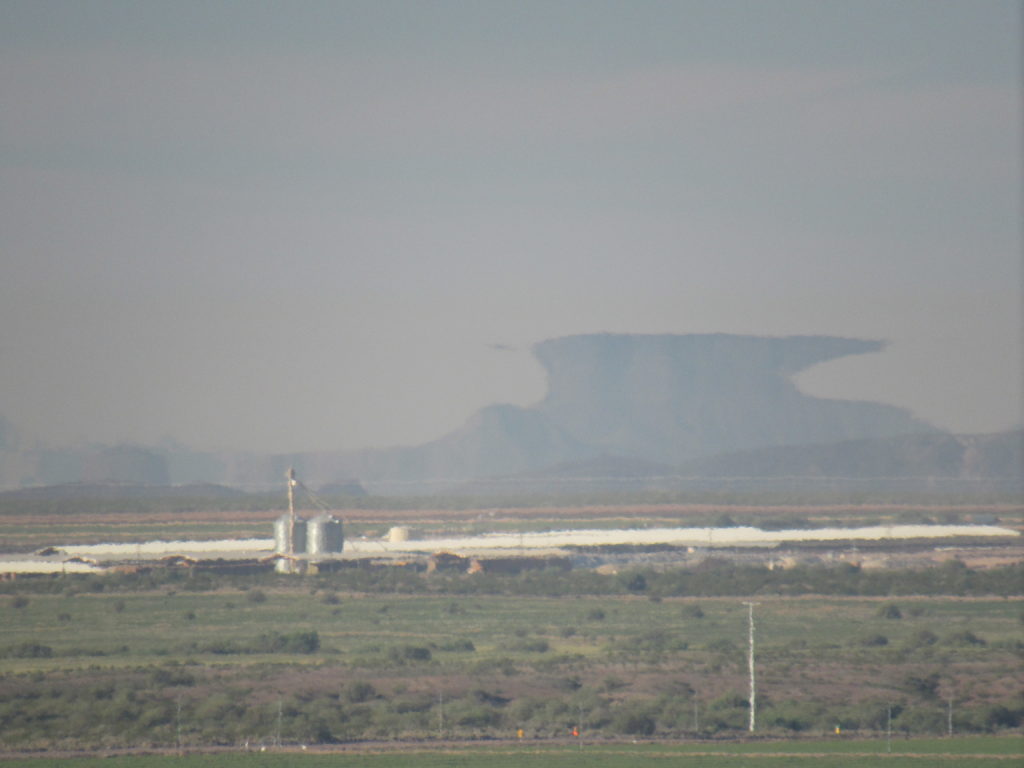
I’m guessing from the website that it may be a Fata Morgana type of mirage. I know that the mountain that I saw in the mirage was 31 miles away from me, and in real life it certainly didn’t look at all like the mirage you see in the picture. This a very zoomed-in telephoto shot. Every time I’ve seen a mirage, they change rapidly. As seconds roll by, they may look taller, shorter, longer, literally changing before your eyes. They may last quite a few minutes, or sometimes form and then disappear all within a minute or less. They are always fascinating, though, and most entertaining.
Mouth Soap
When I was 5 years old, something happened which I remember vividly to this day. I was walking in our neighborhood with my mother and her girlfriend. I was farther up the hill from the two of them, maybe a hundred feet ahead, when I decided to start swearing in a loud voice. I didn’t know what the curse words really meant, but I must have picked them up from my father, the only possible source. My mother was mortified, and shouted to me to stop. Well, I only swore louder – I must have been getting quite a charge out of her reaction, and was quite pleased with myself, feeling that I was in control of the situation. We soon arrived at our house, and I must have felt that I had escaped unscathed. However, once inside, my mother grabbed me by my ear and marched me to the sink. She took a bar of soap and forced it into my mouth, working it back and forth, making sure that plenty of it stuck to my teeth, all the while giving me a tongue-lashing so severe that I was shocked she had such ire in her. I deserved the punishment, of course, and to this day, more than 70 years on, I can still vividly remember the taste of that soap. Did I ever swear in front of my mother again? Nope. Some of those old-fashioned punishments were certainly effective.

